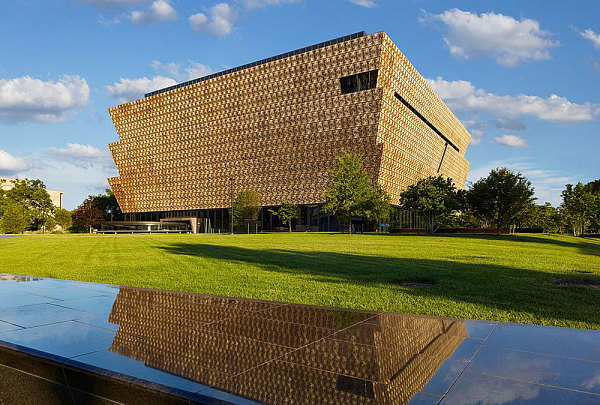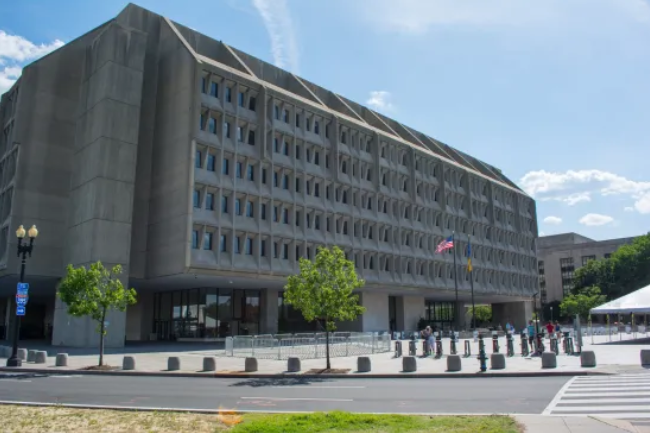
On March 27, the White House issued an executive order titled “Restoring Truth and Sanity to American History.” Executive Order 14253 focused on how the 178-year-old Smithsonian Institution has recently included language in their exhibitions that “has promoted narratives that portray American and Western values as inherently harmful and oppressive.” The Smithsonian Institution, which was founded by the U.S. Government, represents museums, research and education centers across the nation that many WCHS have attended throughout their lifetimes. The Smithsonian Institution’s purpose is to shape the future “by preserving heritage, discovering new knowledge, and sharing [their] resources with the world” in an unbiased and factual way.
“If we cannot tell the truth about who we were as a people or as a country, we cannot be honest about who we ARE now,” WCHS AP African American Studies teacher Sandy Young said. “Factual and unbiased history means telling the unvarnished truth about what has happened in the past. This idea that we should not “emphasize” the bad parts means that we are doing what they do in countries like North Korea, where the populace knows very little of the reality of the country’s past and even its present.”
One of the Smithsonian Institutions that has faced the most criticism and was mentioned in the aforementioned executive order was the National Museum of African American History and Culture (NMAAHC). While being open for nine years to spread awareness for African American history, the executive order states that NMAAHC has classified terms like “hard work”, “individualism” and “nuclear family” to be parts of “White culture”. The executive order has Vice President JD Vance, who serves on the Smithsonian Institution’s Board of Regents, in charge of efforts to remove race-dividing language from the Institution and not to fund exhibitions that “degrade American values and promote ideologies inconsistent with Federal law”.
“African American History is American History, but it has been sidelined for so long that most people only know Slavery, Abraham Lincoln, Rosa Parks and MLK,” Young said. “If I said the name Fred Hampton, would they know him? Or Fannie Lou Hamer? Or Romare Bearden? Or Jacob Lawrence? These people and many others are responsible for so much of American History and American culture. The course I teach is African American studies, so there is also poetry, literature, music, art and so much more. It is a deep dive into the pain and joy of African Americans, and as I tell my students Black History is not just about Black trauma, it is about Black joy.”
While many allegations have been made that NMAAHC had to remove objects from their exhibitions due to the executive order, the Smithsonian Institution has denied them. The Smithsonian Institution undergoes lengthy processes in order to open an exhibition to the public. For example, the “Entertainment Nation” in the National Museum of American History was opened to the public in 2023 after it took 10 years to complete. This exhibition included working with Warner Bros and Dolby Laboratories and many other individuals, businesses and organizations in order to highlight American pop culture.
“The process from planning to completion for [a] Smithsonian exhibition entails the call for the exhibition proposals, then it goes to a committee,” Deputy Director of External Affairs for the National Museum of American History Kari Fantasia said. “Once the proposals are approved, the curators of the exhibitions pick the objects that they would like to feature based on their relevance to the theme of the exhibition. Most of the objects come from companies, individuals, and universities from all across the U.S. As soon as the objects are secured and the script is created for the messaging of the exhibition, the whole exhibition undergoes a 603 review by the Smithsonian Institution. A 603 review is an internal review process used across the entire Smithsonian Institution that tries to identify and address any content or language that could be considered sensitive or controversial.”
After the executive order, the Smithsonian Institution has had to re-examine its language and deal with circulating claims among the press. Nonetheless, the National Museum of American History continues to reach the public with over 8,600-10,000 visitors daily in order to share a full version of American history.
“American History means many things, but it is the record of the land we now occupy and every living person, plant, and animal that has lived on it,” Young said. “What I love about American History is it’s a story of people not getting a lot of things right, but always striving to do better and be better. To, as MLK said ‘be true to what you said on paper’. We have not always lived up to those ideals, but there is an honor in striving.”














